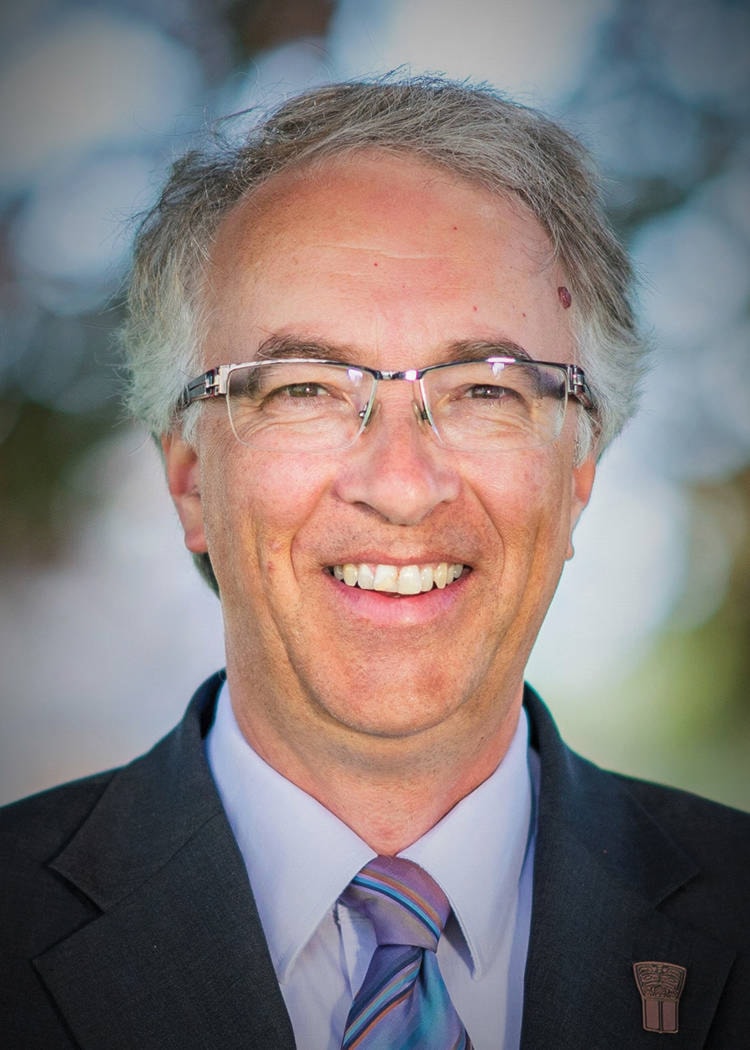Northern representation in the provincial legislature based on population levels could be affected through legislation introduced by the NDP government, says Nechako Lakes BC Liberal MLA John Rustad.
The last time boundaries of provincial ridings were reviewed, which was in 2013, the BC Liberal government of the day established three areas of the province — the north, the Kootenays and the Cariboo — where the number of ridings would not change regardless of population levels.
But this time government legislation has removed that blanket level of protection and instead has replaced it with a provision so that members of the electoral boundary commission can apply it riding by riding.
Rustad’s worry is that the number of Northern and more rural ridings could be reduced because of their much lower populations so that the surviving ridings would be much larger in size, making it more difficult for people to connect with their elected representatives.
“So you tell me, what’s the difference between the Stikine riding, for example, or Peace River North or Cariboo Chilcotin? They are all electoral districts where the population is low, the ridings are large, there are isolated communities significant distances apart and you have to travel,” said Rustad.
He’s advocating for the use of ‘very special circumstances’, the provision used the last time boundaries were reviewed, to be used again to protect northern and more rural ridings as a group.
The situation is also affected by a court decision years back which held that ridings could differ in terms of population but by no more than 25 per cent plus or minus of the average of the ridings taken as a whole.
The challenge is how to deal with urban areas where the population is growing very quickly and ridings have populations far exceeding the size of ones in the North and more rural areas.
The effect of not changing the number of ridings in those very populated and growing areas is that the concept of “one person, one vote” becomes diminished.
Rustad is clear that he is not opposed to increasing the number of seats in the more populated areas.
“Look, people in Surrey deserve effective representation as much as anyone else and I am not questioning that, but that should not happen at the expense of other areas,” he said.
“When you look at Vancouver, for instance, it has 10 MLAs. So that is 10 MLAs who can advocate for the same issues. In my riding you have six municipalities and more First Nations, two school districts and one regional district all with their own unique needs and who sometimes may not get along with each other,” Rustad continued.
“My riding is two and half times the size of Vancouver Island so anything to change that would certainly have an effect.”
Rustad said he hopes people in the North will realize what the proposed legislation might do and voice their opposition.
The proposed legislation would establish an electoral boundary commission made up of the province’s chief electoral officer, a retired judge and another person recommended by both the premier and leader of the opposition.
Rustad said he in no way doubts the independence of the commission but does admit to looking at the situation through a political lens.
That’s because the majority of the seats in the North and more rural areas are held by the BC Liberals, meaning that a reduction of the number of seats in those areas could potentially cut the number of BC Liberal MLAs in the legislature.
“There’s always a political perspective,” said Rustad.
